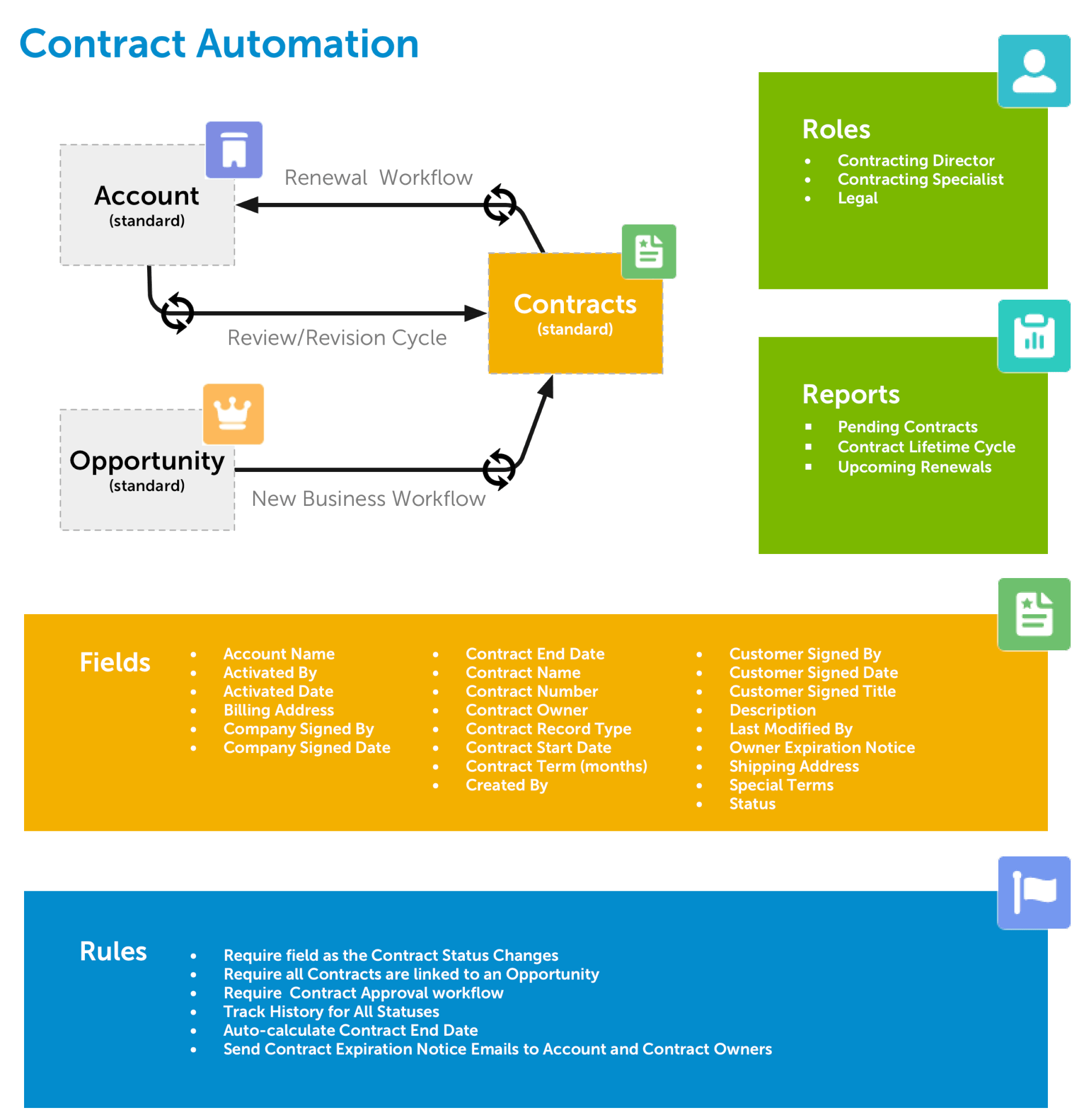A Visit to CAMLS
I believe that Innovation Takes Excitement and Collaboration, and Should Be Fun too. I made this decision based on a visit to a very innovative medical facility in Tampa, Florida.
In 2012, I had an opportunity to visit the Center For Advanced Medical Learning And Simulation (CAMLS). It was a rewarding experience and I was highly impressed at how much had been invested in innovation around both medical practices and collaboration. More than just a cutting edge surgery training facility, CAMLS the physical place – is designed to facilitate adult learning and team collaboration. The idea stemmed from coupling the USF medical department with the innovation department to create something new that allows for a disruptive way to teach new doctors about care, as well as help other healthcare partners to think differently about building medical devices.

According to their website, CAMLS is “a 90,000 square foot, state-of-the-art, three-story facility with every possible form of health professional education and training, for individuals and teams, under one roof. CAMLS integrates simulation technology, aviation science, team training, and evidence-based best practice into innovative programs with measurable outcomes.”
What Did I Learn?
The lessons I took about innovation from visiting this wonderful new facility are three fold.
1. Innovation takes (and creates) excitement,
2. Innovation takes collaboration, and
3. Innovation should be fun.
1. Innovation Takes Excitement
What struck me right off the bat was the level of excitement among the faculty at CAMLS – about the building itself, and the enterprise that they were engaged in. Seeing that much focused excitement and commitment by the leaders of the organization gave me great hope that this enterprise was going to have sufficient staying power.
This is not always so with many of the innovation efforts I have seen. Often times, innovation is an afterthought to what is considered most important to a company’s core strategy. In as much, the work is assigned to existing team members who are led by the classic big company manager. This model almost always ensures that you will get mediocre results. It takes a lot of effort to sustain a disruptive innovation practice and most legacy managers do not have it. They are too concerned about their status, and do not want to rock the boat and truly push the envelope. This translates into a fear to take chances and a reluctance to push for innovation’s needs over and above the rest of the company’s wants.
2. Innovation Takes Collaboration
Next, innovation takes collaboration. The notion of the lone scientist thinking up how to change the world is really a fallacy. As discussed in the book Where Good Ideas Come From: The Natural History of Innovation, big ideas are really a series of smaller ideas coming together to form something that is meaningful to the market. Edison had a team of professionals working with him to determine the right size filament for his light bulb. CAMLS itself is a co-laboratory that brings multi-disciplinary thinkers together on a common problem. True to the concept of The Medici Effect: Breakthrough Insights at the Intersection of Ideas, Concepts, and Cultures, I was glad to see that CAMLS was designed to bring together scientists, doctors, academics, business people, and students to work on innovative medical ideas.I advocate that every company should have its own innovation space – a place to think and train on new methods like rapid prototyping. A place to have customers provide feedback on our products and services and a place that will fuel an organization’s movement to a more innovative system.If your current training facilities do not invoke/inspire interest and a spirit of learning – consider extending them to be part of the imagination space.
Think of it as a Library where you are allowed to talk, experiment, and interact on topics of importance to your company. At CAMLS they treat their training as a means to have doctors and care providers walk thru the life of their patients. They use their simulation centers to teach how to deliver both good and bad results to a patient and video it to review in private. Here they extend what the doctor is learning beyond just medicine; they are teaching connectivity to humans in need.
But a word of caution on this idea – companies and the people that work for them change – what is needed today will be old hat tomorrow. If you are going to build your own innovation center – don’t pour it in concrete. Meaning, save room for new ideas and build it modularly so sections that are no longer relevant can be removed.
3. Innovation Should Be Fun
One last point I want to make is that innovation should have a strong dose of fun in its’ application. After all, what’s the point of changing things if you not changing them for the better. Nothing to add here specifically other than when you find yourself taking your innovation efforts too seriously – you may want to find something else to do.
In Summary
I believe CAMLS is set-up for success and I will be following them and watching their progress throughout the next couple of years. I invite you to do the same. Here is a quick video that I put together of what I saw.
To your health,
The Team at imagine.GO











